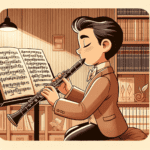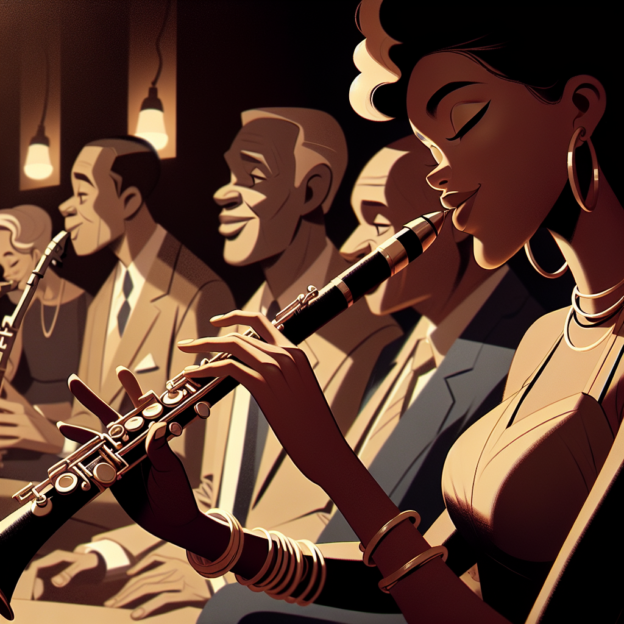The Art of Vibrato in Jazz Clarinet Playing
When you listen to the great jazz clarinet players, one thing you might notice is the way they use vibrato. Vibrato, that oscillating change in pitch, isn't just a fancy trick to impress your friends; it plays a vital role in conveying emotion and creativity in jazz music. Let's explore how jazz clarinetists employ this technique, and why it's so important for their performances.
Jazz is all about expression. Vibrato adds another layer of texture to a clarinetist's sound. It enhances the emotional impact of the notes they play, allowing them to express joy, sadness, urgency, or relaxation. There's something magical about the warmth that vibrato brings. For a clarinet player, it's not just about hitting the right notes; it's about making those notes breathe and resonate with the audience.
Unique Approaches to Vibrato
Different jazz clarinet players have unique approaches to vibrato. Take clarinet legends like Benny Goodman and Artie Shaw. Their styles are distinct, and their vibrato showcases their personalities. Goodman, known for his crisp, clean sound, often employs a controlled, narrow vibrato that adds a gentle shimmer to his playing. Shaw, on the other hand, had a wider vibrato that could evoke a more dramatic feel in his performances.
| Player | Vibrato Style | Effect |
|---|---|---|
| Benny Goodman | Controlled, narrow | Gentle shimmer |
| Artie Shaw | Wider | Dramatic feel |
Developing Your Vibrato Technique
So how does a clarinetist develop their vibrato? A good starting point is to listen carefully to various recordings of jazz clarinet heroes. Pay attention to how they use vibrato during different phrases. It can vary from subtle applications in slow ballads, where it creates a sighing effect, to more pronounced wobbling in faster tunes that boosts their energy.
For many players, adopting vibrato is about muscle memory. Practicing long tones while gently oscillating your breath support can help build the strength needed for vibrato. A common practice is to start slowly, holding a note and gradually adding small up-and-down movements. Over time, you can incorporate dynamics, making the vibrato wider or tighter depending on the mood of the piece. This hands-on approach connects directly to the artistry that jazz demands.
Choosing the Right Instrument
While practicing is key, another important aspect is finding the right clarinet for your sound. Instruments like Martin Freres clarinets are well-regarded in the jazz community for their rich tonal qualities, making it easier to project vibrato. A quality instrument allows for more expressiveness and can improve your performance. The clarinet's design significantly influences playability, enabling better control over embouchure and breath control which are important in mastering vibrato.
The Influence of Jazz Ensembles
The impact of jazz ensembles on vibrato shouldn't be overlooked. A good jazz band thrives on interaction and communication between its members. Clarinet players often adjust their vibrato to blend seamlessly with other instruments, whether it's softening their sound to match a piano's melodic line or brightening it up to shine over a brass section. The ability to adapt is a valuable skill in the jazz world.
Conclusion
In the end, vibrato is more than just a technique; it's part of the clarinet's voice in jazz. Whether you're a beginner trying to find your sound or an experienced player refining your style, embracing vibrato opens a world of expressive possibilities. Jazz clarinetists know that every note is an opportunity to connect with the audience. So while you practice, remember to let your music tell a story—your vibrato can make all the difference.
To wrap up, the use of vibrato in jazz clarinet playing not only enhances the overall sound but also embodies the spirit of jazz itself. Just like the greats, mastering your vibrato can elevate your artistry and touch the hearts of your listeners.







